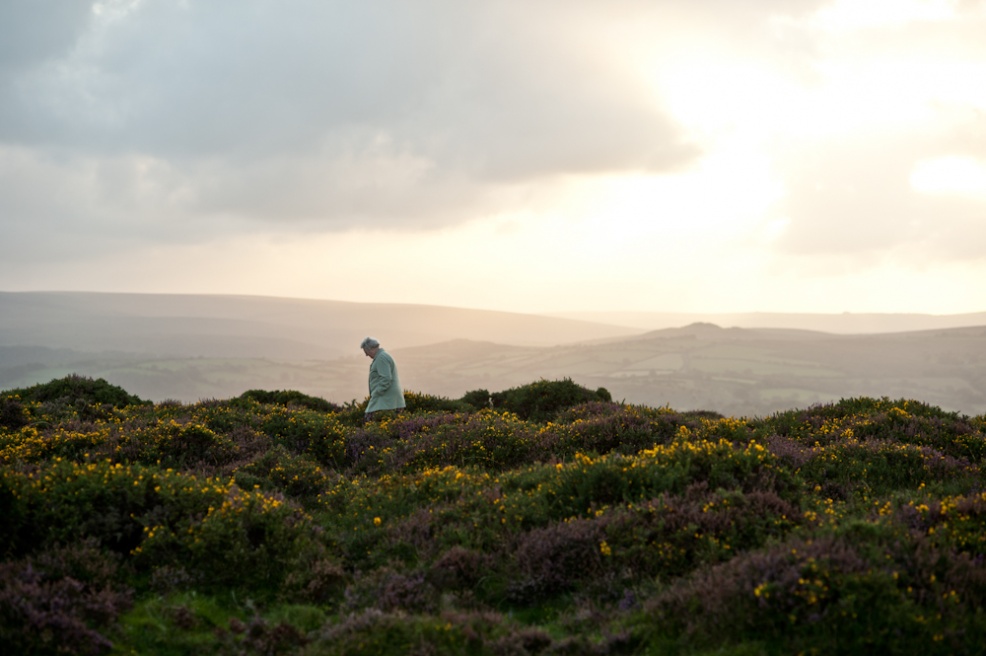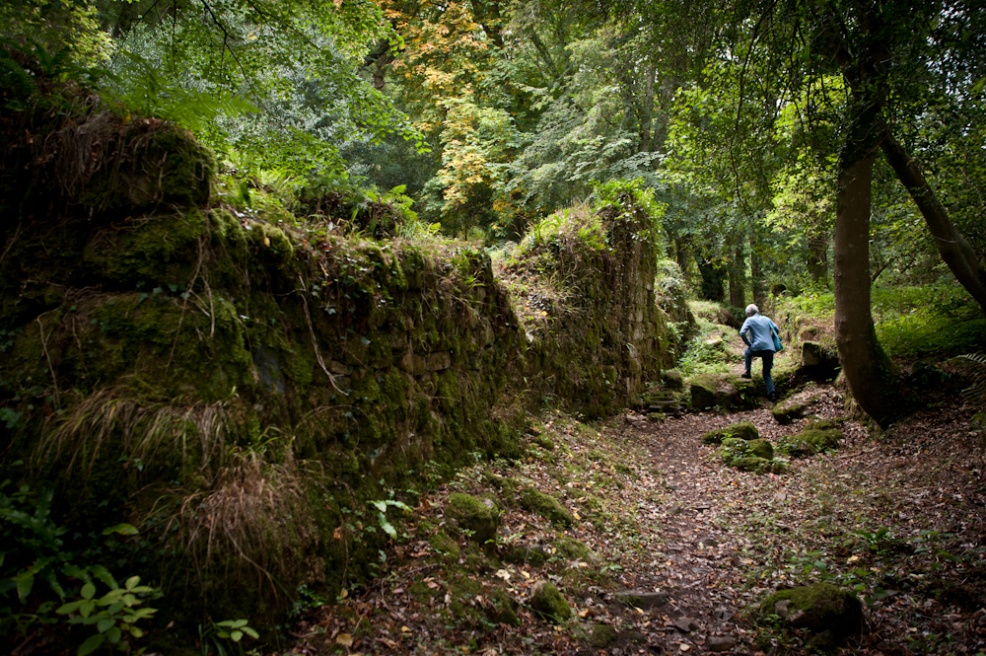In 1962, a year when people in most developed countries had televisions and visions of space travel, electricity had just arrived in the remote farming community of Dartmoor, England. With it came electric lamps, water heaters, and indoor plumbing, welcome conveniences in a community that lives and farms in some of the harshest weather and land conditions in England. Dartmoor’s elderly residents remember the electric cable system being installed across their fields, hedges and stonewall-lined narrow roads. Most who were alive then say the most marvelous thing about it all was being able to just flip a switch, and there would be light. Farming tasks that used to need a team could now be accomplished by one person and a machine, surely more efficient but requiring little human interaction and connection.
The elderly generation, when asked about the harsh conditions in their peasant farming community pre-electricity, say there was no real discontentment, and in fact, people were happier then. Isolated in their community, there was no want of something different because this life was all they knew.
Dartmoor has seen more change in the last 50 years than it’s seen in many centuries. But today it is a protected national park that strictly forbids almost any building or other change to the land. Therefore any modern changes must fit within its historical infrastructure, creating a uniquely permanent relationship to its past that draws millions of curious visitors every year.
My father was raised on Dartmoor, and was the only person from our large family that has left the area, moving to California in 1983. In stark contrast to my father, I grew up in a sterile American suburb, each house isolated from the next, driven by values of financial success and convenience. With this project, I concentrated on images, photographs, and memories of the oldest generation living on Dartmoor in an attempt to document the world before modernity. I know I was grasping for my father’s Dartmoor, with its deeply-rooted values of family, community, veneration for hard work and a connection to the land. But I found this Dartmoor often dimming before me. As I photographed the area, the idea of old Dartmoor began to morph from a tangible, documentable present to that of a memory, hard to see and viewed from a distanced, restricted perspective, like an aging photograph.


























